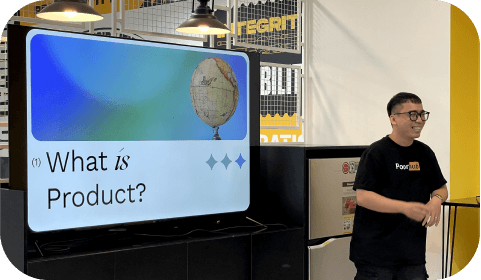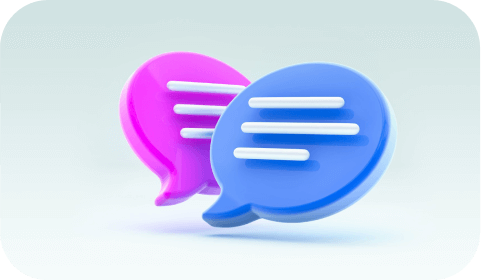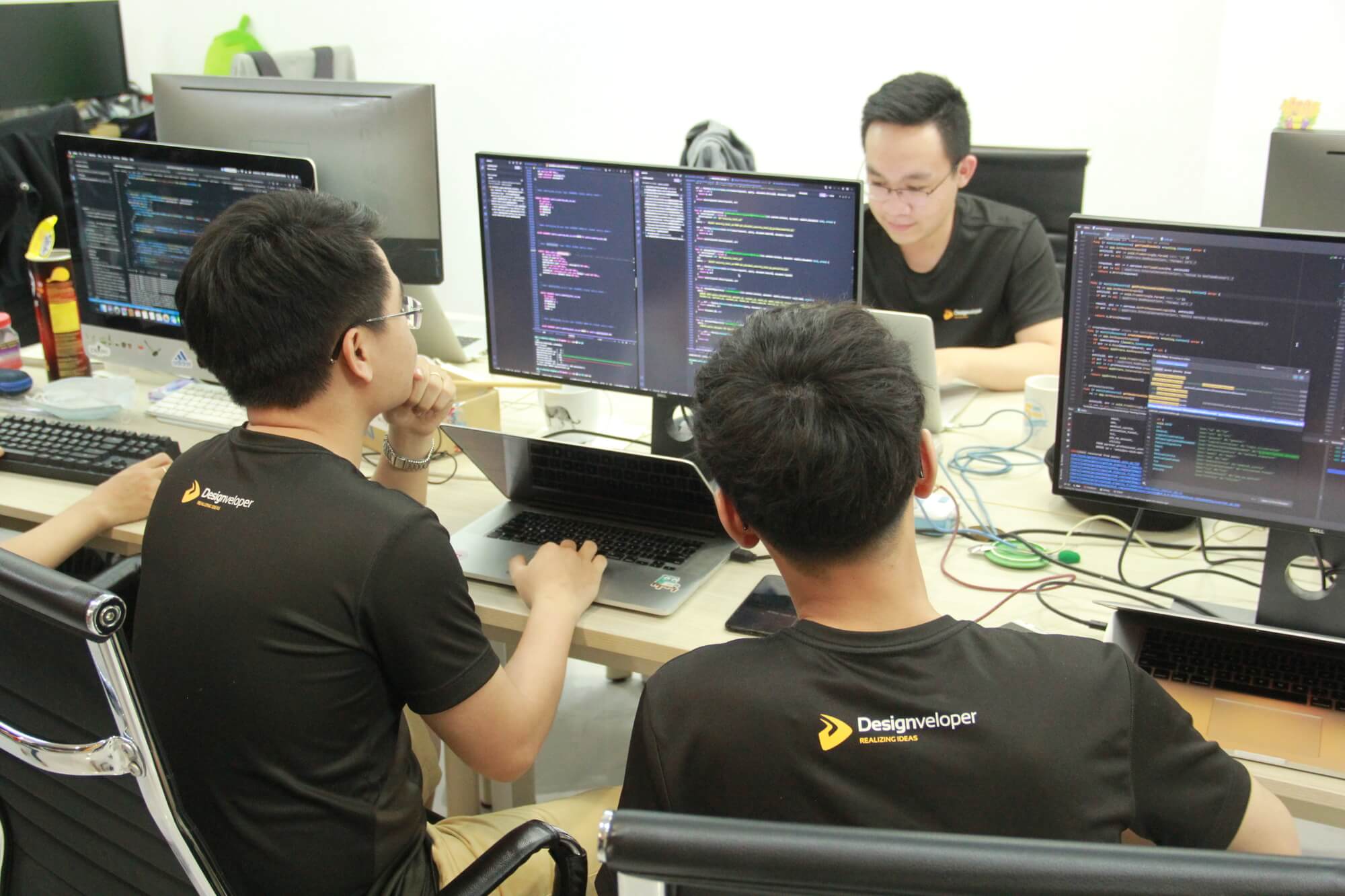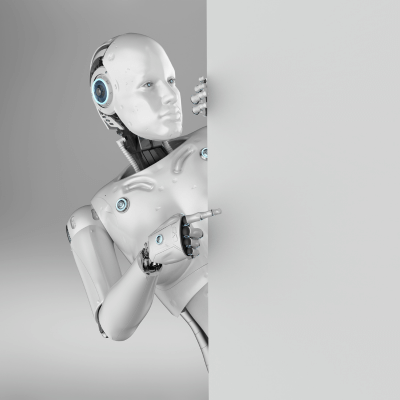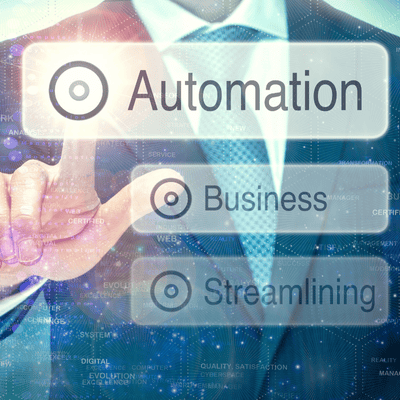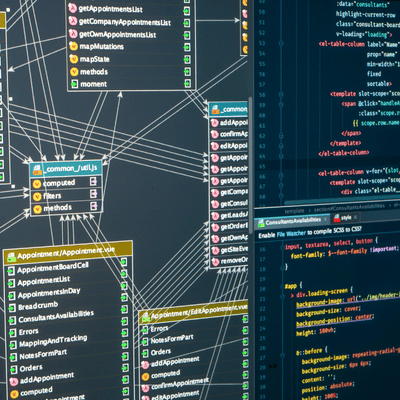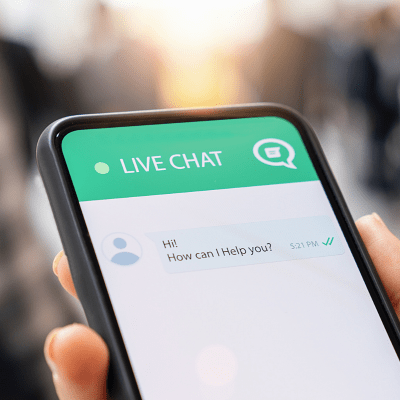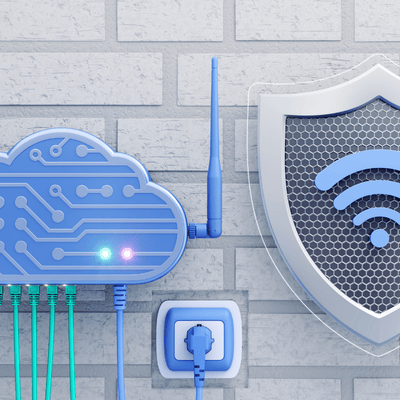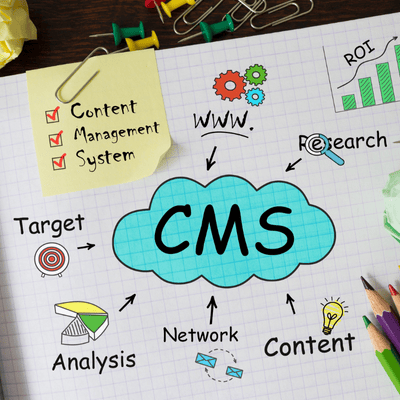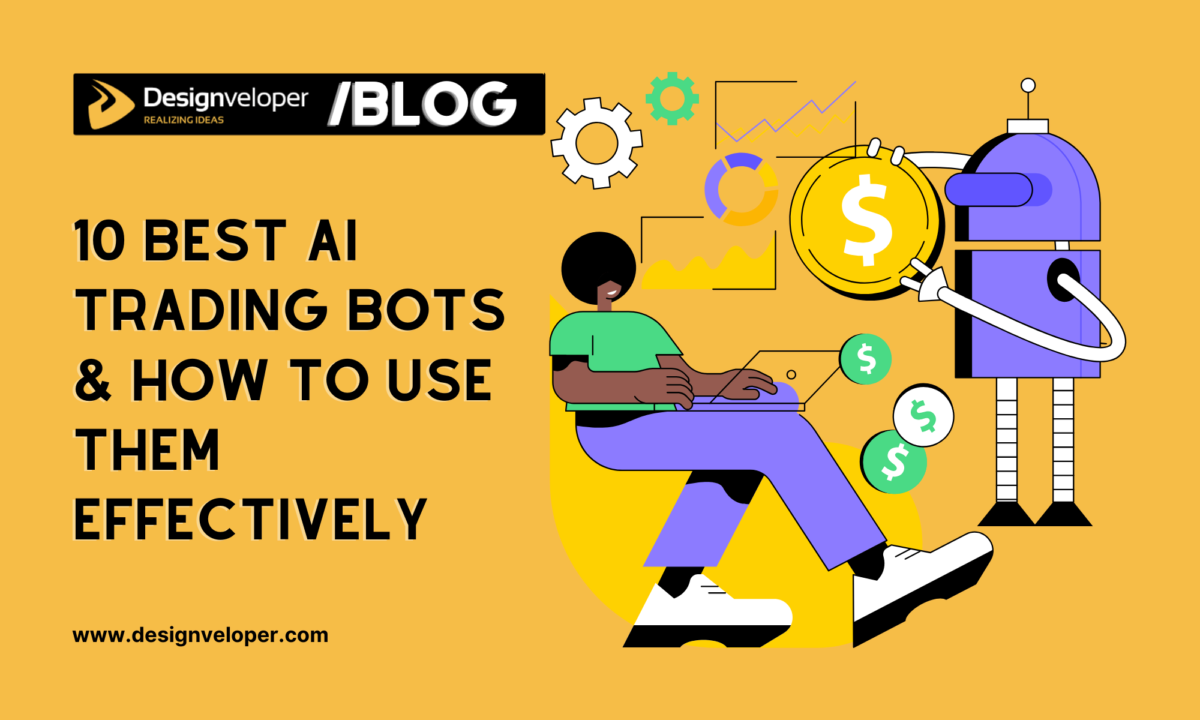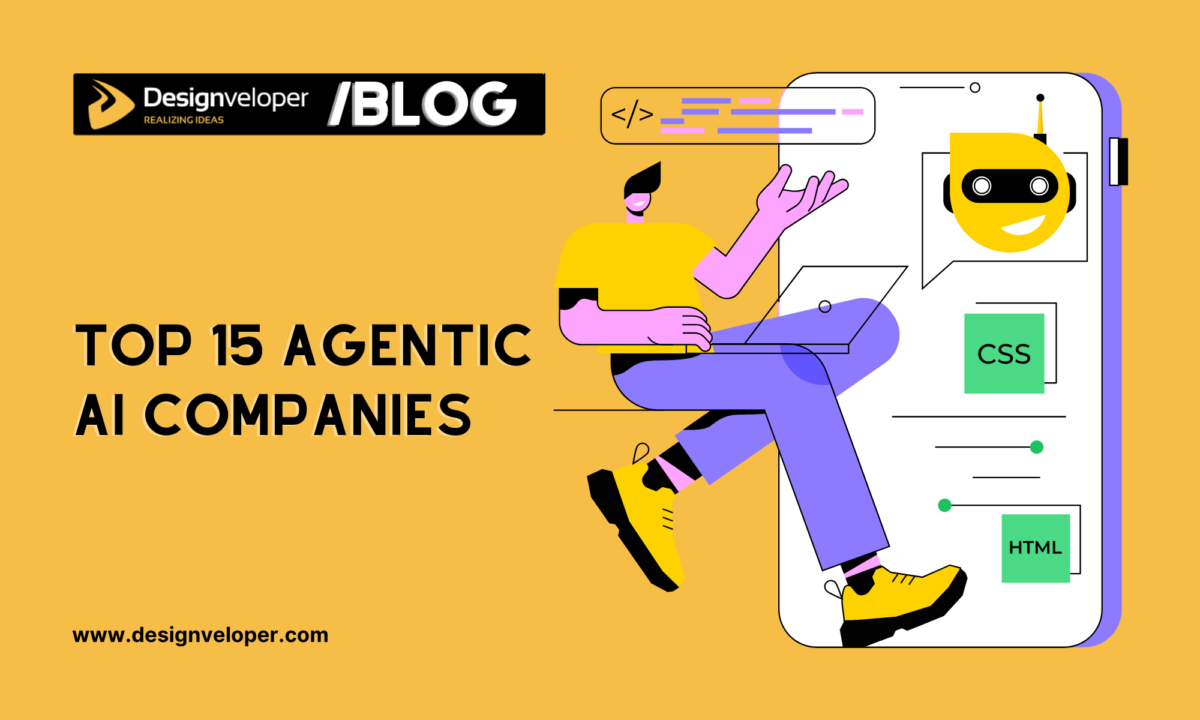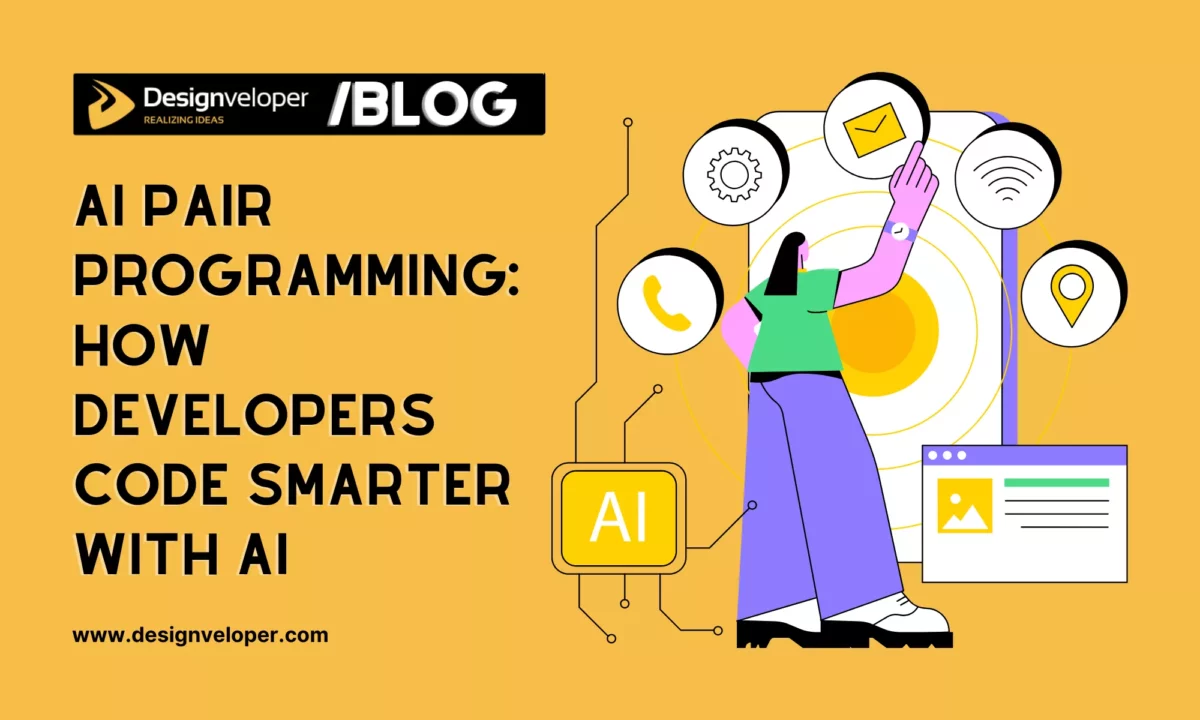AI Agent vs Chatbot: Side-by-Side Comparison and Practical Use-Case Guide
July 14, 2025
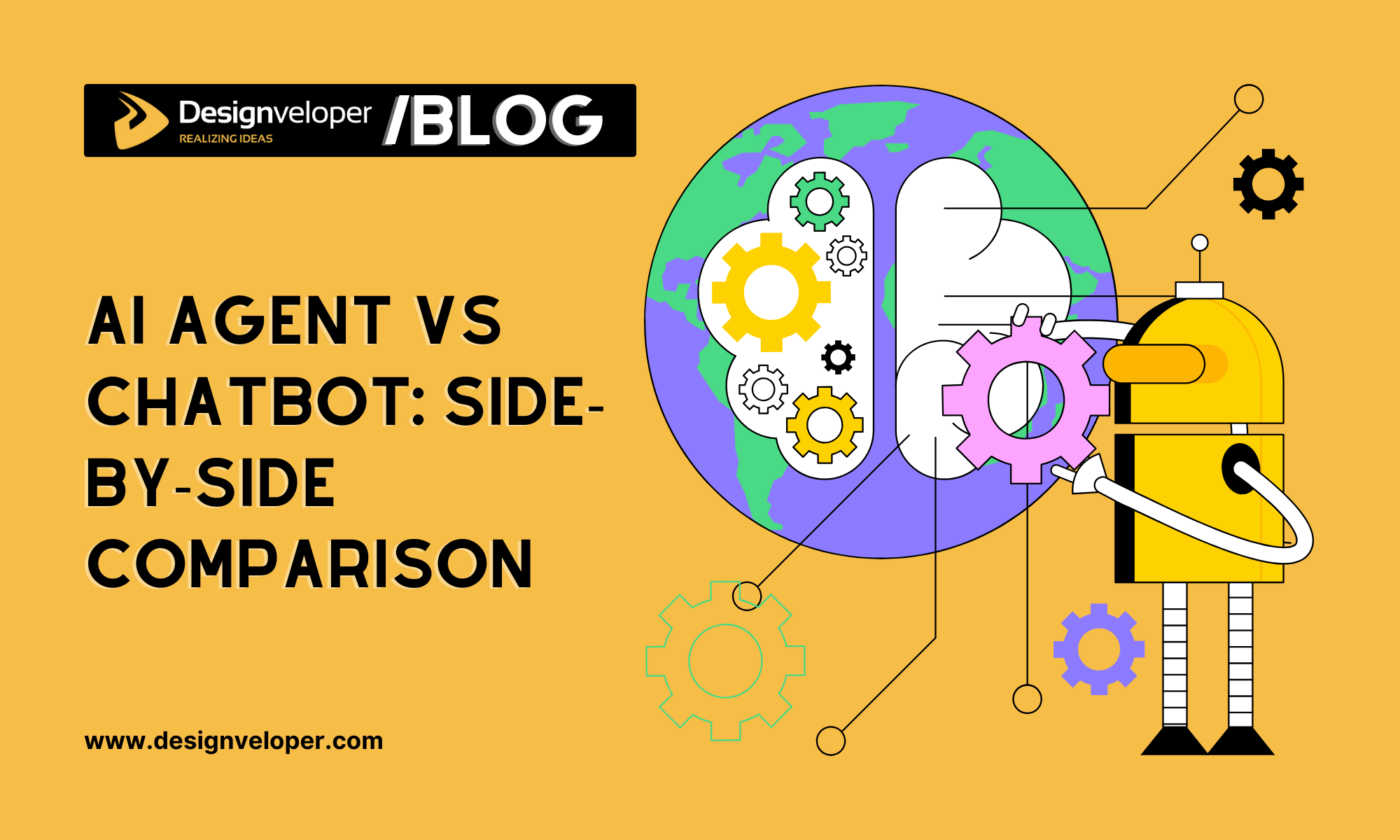

The world of business is full of artificial intelligence. Indeed, 75 percent of knowledge workers already used AI tools in 2024. However, various AI-powered tools are still confused by many people. One common question is ai agent vs chatbot – what’s the difference, and when should you use each? The terms are interchangeably used, but they denote different solutions with different capabilities. This article dissects the definitions, main differences, and practical application of AI agents and chatbots. At the end, you will learn how they match up against each other and which one suits your needs.
What Is an AI Chatbot?
An AI chatbot is a program that is used to converse and mimic human-like conversation and help with basic tasks. Contemporary AI chatbots employ natural language processing (NLP) and large language models to interpret questions and respond to them. They are able to respond to questions, give information or give general advice depending on the data they were trained to. But classic chatbots cannot do more than they are programmed to do. They are based on user input and pre-programmed scripts, thus they may seem robotic or stiff. Chatbots are not autonomous: they are governed by rules or patterns that have been learned, and when they are unable to resolve more complicated problems, they will pass them up to humans.
Typical Tasks Handled by Chatbots
- Answering FAQs: Resolving common questions with preset answers or knowledge base articles. For example, a bot on a retail website can instantly answer “What is your return policy?”
- Providing simple assistance: Guiding users through basic processes like password resets or account setup steps. The chatbot asks for necessary info and walks the user through the solution.
- Automating routine queries: Offering status updates (e.g. order tracking) or routing a customer’s request to the right department based on keywords.
These functions make chatbots very useful as a first line of support. They can handle high volumes of simple requests 24/7, which reduces the workload on human teams. 37% of businesses now use chatbots for customer support interactions, and bots respond 3× faster to inquiries than human agents on average. Studies also show 90% of companies saw faster complaint resolution after implementing chatbots. In sales, chatbots help qualify leads and have driven significant revenue gains – 41% of businesses using bots in sales report a 67% increase in sales on average.
Despite these advantages, chatbots have limitations. They can only handle scenarios they’ve been trained or scripted for. If a customer asks something unexpected or needs a multi-step solution, a simple chatbot often can’t fully help. This can lead to frustration such as loops of canned responses before handing off to a human. It’s no surprise that while 82% of consumers say they would try a chatbot to avoid waiting on hold, only 8% actually used a chatbot in their most recent service interaction. In fact, 64% of customers would prefer companies not use AI for customer service, likely due to bad experiences with clunky bots. These shortcomings have paved the way for more advanced AI solutions like AI agents that can provide a better experience.
FURTHER READING: |
1. How to Start Vibe Coding: The Practical 7-Step Guide |
2. Is Vibe Coding a Bad Idea or a Problem Misunderstood? |
3. Is Vibe Coding The Future Of Software Development or Just a Trend? |
What Is an AI Agent?
An AI agent is a sophisticated AI system that not only chats, but can act and make decisions on its own to accomplish tasks. An AI agent can be thought of as a few steps in advance of a basic chatbot. It supports much more complicated interactions, and it frequently performs multi-step workflows with minimal or no human interaction. That is, the agent is able to interpret the intention of a user, make a decision and perform an action to solve a problem or to satisfy a request.
AI agents use strong technologies in the background. They apply large language models and advanced natural language understanding to understand context and intent, even in long conversations. They include machine learning algorithms that process real-time data and learn with every interaction to get better with time. Due to this, an AI agent will be able to sustain a much more human, personalized conversation and at the same time be able to do background work. Customers have an impression that they are communicating with a friendly assistant instead of a programmed robot.
Crucially, an AI agent has the autonomy to make independent decisions. It doesn’t need to be told every step. For example, if a customer says their package arrived damaged, a smart AI agent could internally verify the order details, initiate a refund or replacement, and notify the customer of the resolution – all in one seamless interaction. The agent “closes the loop” by not only chatting, but also completing the necessary steps end-to-end. In fact, Gartner predicts that by 2029, AI agents will autonomously resolve 80% of common customer service issues without any human intervention. That level of capability is far beyond what traditional chatbots offer.
AI Agent vs. Chatbot: Key Differences

What is the difference between an AI agent vs chatbot? The common analogy is that a chatbot is a junior assistant who follows a script, and an AI agent is an experienced employee who can figure out things and take actions on his/her own. The following are the major differences in a side-by-side comparison:
Capability to Act
The purpose of a chatbot is to speak, it gives information or answers and then it ceases. It is not able to perform external tasks. Conversely, an AI agent speaks and behaves. It is even able to carry out actions (e.g. updating an order, booking a meeting) via integrations. According to one of the experts, chatbots are merely conversational: an agent can do more: look up data in other systems, perform actions, and do things a person could do. In brief, a chatbot speaks; an agent does.
Complexity of Tasks
Chatbots are used to perform simple, pre-programmed functions. They are great at one question at a time assistance: responding to a simple question or walking through a simple process. They have problems with multi-step processes which involve reasoning or context. Instead, AI agents address complicated, multi-stage processes. They are able to decompose the objective of a user into sub-tasks and execute them sequentially without the need of hand-holding. An example is that a chatbot may instruct a customer on how to make a warranty claim, but an AI agent may guide the customer to do it or automatically make the claim.
Decision-Making & Autonomy
A chatbot is responsive. It waits until the user provides it with input, and acts according to predetermined logic or patterns. When a situation is not in its script, it is unable to improvise. An AI agent is self-driven and active. It has a decision layer to decide, whether to simply respond or whether to take action. In case of an action to be taken, the agent will take the action on its own. This implies that an AI agent is more flexible when responding to unforeseen requests as opposed to a chatbot that essentially follows its script or handoff procedures.
Memory and Context
A majority of simple chatbots possess low memory. They may recall the present conversation situation (a few exchanges back and forth) but not have a long-term memory of previous interactions. An AI agent has good context and memory. It is able to remember user preferences or past conversations even between sessions. This helps the agent not to repeat questions and adjust to the history of the user and become more personalized with time.
Integration & Environment
Chatbots usually exist within a single chat window or on a single channel (e.g. a chat widget on a web site or a messaging app). The world is basically the dialogue. The AI agents are working in an interlinked world outside the chat interface. They combine with internal systems such as CRM databases, e-commerce, calendars, or IoT devices to get things done. As an example, an AI sales agent could retrieve inventory information out of a database and then update a CRM record, all the time talking to a customer. Agents are even able to coordinate with various channels or other agents as a bigger workflow. In short, the agent does not work in chat only, it communicates with the rest of the digital environment.
Use Cases for Chatbots
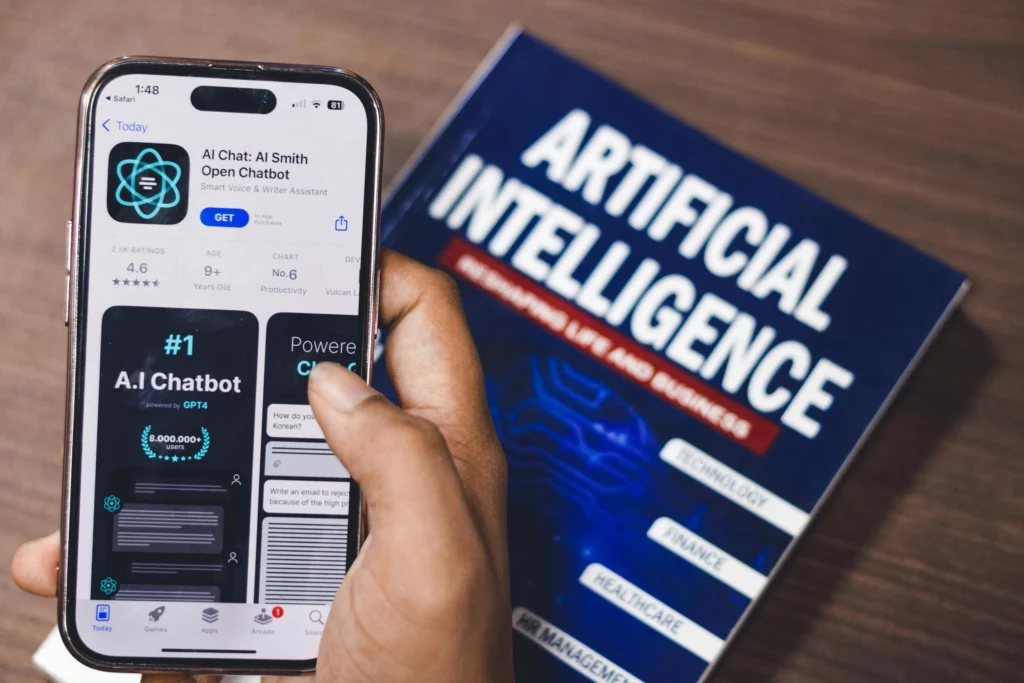
Chatbots are widely used across industries to provide convenient, automated assistance in conversational form. Some of the most common use cases include:
Customer Support (Tier 1)
This is the classic application of chatbots. Companies deploy chatbots on websites, mobile apps, or messaging platforms to handle frequently asked questions and simple support issues. For example, telecom providers use chatbots to answer billing questions or walk customers through resetting their router. These bots provide instant 24/7 responses, reducing wait times. They also triage requests – if the bot can’t solve the issue, it gathers details and forwards the query to a human agent. This 24/7 triage has led to improved service; in one study, ING’s generative AI chatbot helped reduce wait times for 37 million banking customers by efficiently handling common inquiries. The chatbot fielded routine questions so human support agents could focus on more complex problems.
E-Commerce Assistance
Chatbots are virtual shopping assistants that online retailers use. A chatbot on a retail store can welcome people with, Hi, can I assist you to find something today? It is able to respond to product queries (e.g. size, availability), recommend products using keywords, and assist with tracking orders. The bot can even lead the customer to the checkout page in case he or she is ready to purchase. This increases interaction and purchases- the new customers are fond of fast and interactive assistance. Chatbots in sales are particularly trendy: 41 percent of companies use chatbots to generate sales and leads on their websites. These bots will be able to gather customer information and provide immediate responses, which will help to boost conversion rates. Actually, chatbot conversations have become the source of 26 percent of all sales in certain companies.
Banking and Finance
Chatbots are in the apps and websites of banks. With the help of these bots, customers can check the balance on their accounts, see recent transactions, transfer money, or obtain information about the services of the bank by means of a simple chat. As an example, the chatbot named Erica used by Bank of America helps customers with budget tips and bill reminders. Financial chatbots manage a lot of everyday questions that would otherwise overwhelm call centers. They offer fast self-service and also guarantee security through authentication procedures. Industry statistics show that AI chatbots are now able to handle as much as 80 percent of the basic banking questions without any human intervention, leaving the human personnel free to handle the complex questions.
Healthcare and Insurance
Chatbots are used by healthcare providers and insurers to respond to patient inquiries and even conduct preliminary symptom checks. A medical chatbot may inquire a patient about their symptoms and propose the following steps (such as booking an appointment or simple solutions) depending on the medical knowledge base that it has. Chatbots are applied by insurance companies to assist customers in making claims or obtaining quotes. Automating these initial interactions helps organizations to reduce response times. The users receive instant responses regarding coverage or appointments without being placed on hold. This is particularly useful during off-hours or during peak times (e.g. during open enrollment periods). Naturally, the complex or sensitive cases are referred to human professionals, yet the chatbot takes the common Q&A and data gathering.
HR and Internal Helpdesk
Internal chatbots are also used by many companies. HR chatbots can be used to answer questions regarding company policy, benefits, or to help with leave requests. As an example, an employee can ask a question, How do I request a time off? and the bot will give the instructions or the link to the form. IT helpdesk bots also assist employees with troubleshooting common tech problems (such as resetting passwords or connecting to a VPN) by following steps. These internal chatbots enhance productivity as they help immediately and lessen the burden on HR or IT teams. They make sure that employees are able to find quick answers without having to write long emails and wait until the support tickets are answered.
To conclude, chatbots are excellent in conversational Q&A and easy task automation. These roles are relatively cheap and fast to implement. Chatbots are also preferred by businesses that are limited in funds or do not require complex interactions. A chatbot is a viable option, as one tech guide put it, in case you need fast solutions, have a low budget, or simply want an easy entry point into the world of AI. You can begin with a chatbot and then expand it (with more features, such as integrations and decision-making) to turn it into an AI agent when the time comes.
Use Cases for AI Agents

AI agents step in when the requirements go beyond answering questions – they solve problems and complete tasks. Here are key areas where AI agents are making an impact:
End-to-End Customer Service
The AI agents are transforming customer support not only by answering questions, but by solving them completely. As an example, certain telecom providers use AI support agents which are able to diagnose a problem (such as a network outage), open a support ticket, and send a technician without any human intervention. An AI agent would be used in e-commerce to manage a complaint of a damaged product: it would check the purchase information, order a refund or a replacement product, and give the customer confirmation in a single interaction. Such autonomous solution enhances customer satisfaction.
According to Gartner, in the next few years such AI agents will be able to manage the majority of routine service requests, rendering traditional bots useless in providing support. Notably, AI agents are cross-channel as well. They could begin with a chat on a site and smoothly follow up with an email or SMS with updates, as a conscientious human rep would do with the case.
Proactive Assistance and Personalization
AI agents are able to be proactive, unlike reactive chatbots. They keep track of user activity or external stimuli to provide assistance before it is needed. One of the most impressive ones is the AI agent of United Airlines that notices when a customer is having trouble on their site (say, clicking a button labeled “add bag” over and over again without success) and then instantly appears a message such as “Having trouble adding a bag?” to help. Such proactive assistance is able to avoid frustration even before the user requests assistance.
AI agents are also quite personalizing. They are able to identify a repeat customer and customize the dialogue or offers depending on previous purchases or likes. In sales, an AI agent may detect a customer who spends some time on a product page and automatically propose a discount or initiate a conversation to lead them – as a good salesperson would do. Such a degree of customization and prompt interaction can greatly increase conversion rates and customer retention.
Multi-Step Workflows and Transactions
AI agents are especially good in situations where there is a series of actions or choices. Consider the example of a virtual agent of an airline to change a flight: when a customer wants to change a flight, a simple bot might possibly give a link, but an AI agent will be able to check available flights, propose alternative itineraries, reissue the ticket, calculate any fare difference, and send the new confirmation all in an interactive conversation.
Lead generation and sales is another example: an AI sales agent can qualify a visitor to the site by asking them questions, add the lead information to the CRM, find an available slot in the calendar of a salesperson and send the invite to the prospect via email. This is not a hypothetical situation, as the AI agents are already doing this in real-life businesses today. The agent relieves human staff of doing the busywork, allowing them to either close deals or deal with exceptions.
Enterprise Automation (Beyond Chat)
Customer facing roles are not the only ones that AI agents can be used in. They are also being applied more and more in the automation of internal processes. As an example, an AI agent may be used in IT operations, which constantly watches system alerts and corrects the situation (such as restarting a server or scaling resources) when specific thresholds are hit, but only notifies a human when the problem has not been resolved.
AI agents can be used in finance departments to analyze transactions to detect fraud and automatically block a suspicious charge and notify a manager. Cybersecurity AI agents monitor network traffic and have the ability to automatically isolate a possible threat, as observed in current security programs. In production or supply chain, AI agents can improve the supply chain by using data to forecast demand and reorder material without human intervention. These applications are associated with complicated decision-making and connecting with various systems the work that traditional chatbots could never perform. PwC analysts suggest that the effects of AI agents can be likened to the early internet, which is likely to transform the way people work, collaborate, and create value in any industry.
Personal Virtual Assistants
On the consumer end, AI agents will be in the form of smart personal assistants. The early versions of AI agents are voice-activated assistants such as Google Assistant, Apple Siri, or Amazon Alexa. They do not only respond to questions, but also take actions (set reminders, control smart home devices, add entries to calendars, etc.).
More recent apps are AI travel agents who can book a whole trip or AI productivity assistants who handle your email and calendar. Such agents take natural language instructions given by the user and then perform the heavy lifting behind the scenes, connecting to services, booking reservations, sending messages, etc. The aim is that the user will delegate a task within a sentence or two and the AI agent will take it on. With increasingly powerful AI models, we are now witnessing personal agents that can even write reports, sort through data, or fix technical issues on behalf of individuals, serving as a sort of intelligent second brain to the user.
Designveloper: Pioneering AI Chatbot and Agent Solutions
At Designveloper, we have witnessed firsthand the evolution from simple chatbots to powerful AI agents. We are a leading web and software development company in Vietnam with deep expertise in AI development. Since 2013, we’ve grown into a team of over 100 skilled developers, designers, and engineers, delivering more than 100 successful projects to clients worldwide. Our experience spans industries and continents – we’ve partnered with startups and enterprises across the US, Australia, Asia and more, building long-term relationships through quality work. In short, we don’t just build software, we co-create solutions that turn our clients’ bold ideas into reality.
Our AI Development Services
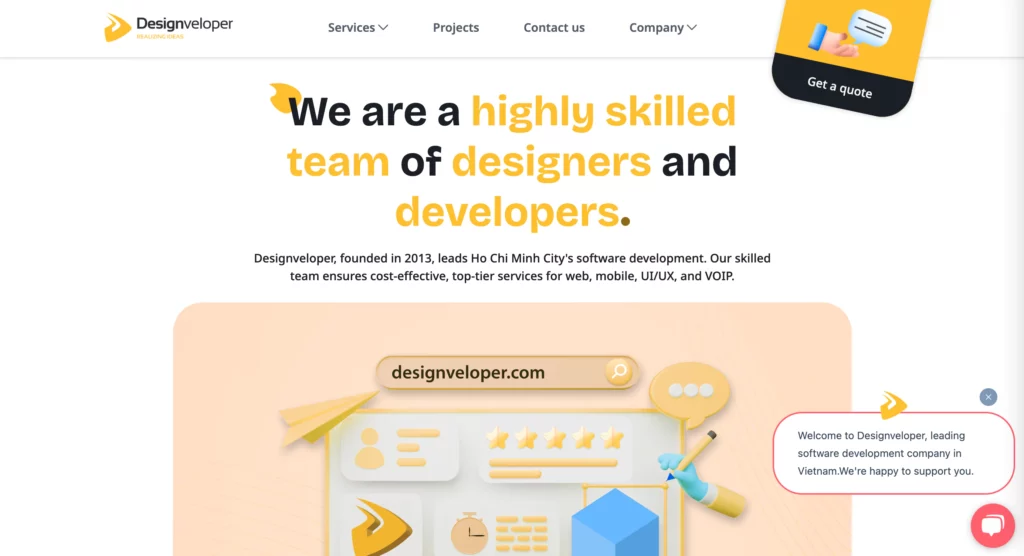
AI and chatbot development is one of our core service areas. We combine expertise in natural language processing, machine learning, and user experience design to create intelligent conversational systems that truly understand users. Our portfolio includes projects like Song Nhi, a virtual assistant we developed to help people manage personal finances through chat interfaces. Users can chat with Song Nhi via popular platforms (Messenger, Google Assistant, Slack, etc.), and it will log expenses, provide spending reports, and give financial tips – all through a friendly conversation. This is a prime example of how Designveloper builds AI agents that integrate with everyday tools to make life easier for users. We’ve also delivered AI-powered chat solutions for customer service, helping businesses automate their support and achieve faster response times and higher customer satisfaction.
What sets us apart is the end-to-end support we provide in developing and deploying AI solutions. Our team not only implements the technical AI models and integrations, but also works closely with clients to understand their business processes. We ensure that the chatbot or AI agent is tailored to your specific needs – whether it’s an e-commerce chatbot that upsells products or an internal agent that streamlines your workflows. Thanks to our 12+ years of experience, we follow a proven, systematic approach to deliver high-quality yet cost-effective solutions. Designveloper’s agile development process and rigorous testing mean you get a reliable AI system that your users can trust.
Our Track Record
Designveloper’s track record speaks for itself. We’ve helped companies improve user experience, reduce operational costs, and unlock new revenue streams through AI. Our clients often return for new projects, which we take as the ultimate sign of trust and satisfaction. We believe in forging partnerships, not just executing transactions. When you work with us, your goals become our goals – if you want to enhance customer engagement with an AI chatbot or automate your business processes with an intelligent agent, we will find the optimal solution together.
In the rapidly changing landscape of AI, having the right partner is crucial. Designveloper is committed to guiding businesses through this journey. We bring technical excellence, but also a human-centric approach – after all, the end-users of chatbots and AI agents are people, and delivering a smooth, helpful experience to them is the key to a successful AI project. Our team ensures that your AI solution is not only smart, but also user-friendly and aligned with your brand’s voice and values. This holistic mindset is what makes our AI implementations stand out in terms of adoption and impact.
Conclusion
In conclusion, the debate of AI agent vs chatbot comes down to what you need your AI to do. Chatbots are excellent in exchanging information and AI agents are game-changers in completing tasks. Both find their role in the current digital strategy. You can even combine them with the appropriate expertise to make sure you have covered all bases.
Designveloper is ready to assist you in case you want to introduce an AI chatbot or agent solution. We have the demonstrated experience of developing products that use AI, and we love innovation. Together, we will develop an AI solution that will drive real results. Contact us to learn how we can help you realize the potential of intelligent automation in your organization. Your path to AI success can begin with one conversation and we are eager to have this conversation with you.






Read more topics
You may also like




















